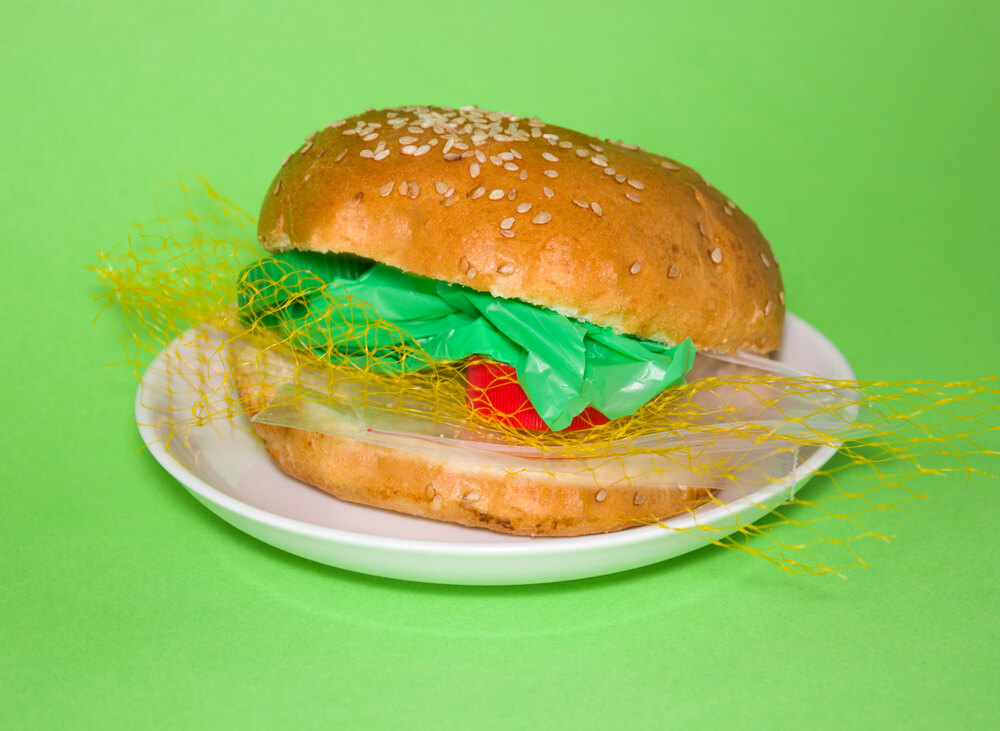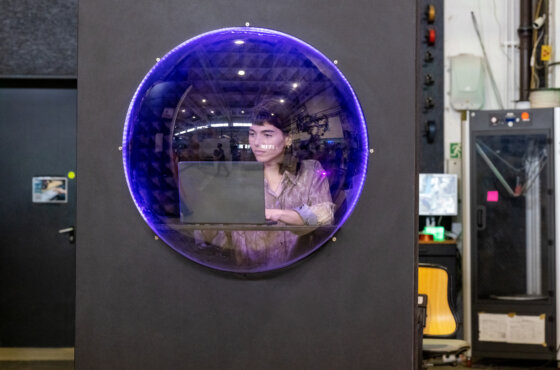Modern man eats kilograms of plastic: how it happens and how it threatens
What do you have for dinner tonight? Lego sushi, credit card burgers, or a well-done piece of PVC pipe? These examples may sound exaggerated, but they help to represent the cumulative number of microscopic pieces of plastic that we consume every day. Reuters.

Photo: Shutterstock
According to a study by WWF International, people can eat the equivalent of a plastic credit card per week, mostly with drinking water filled with microplastics, but also with foods like shellfish, which are usually eaten whole, so plastic in their digestive system is also consumed.
Reuters used the results of the study to illustrate what this amount of plastic actually looks like over time.
On the subject: Research breakthrough: scientists find plastic recycling key in pile of rotten leaves
In a month we eat the equivalent of a 4x2 Lego brick, and in a year we eat the equivalent of a fireman's helmet.
It may seem that this is not so much, but in total at this level of consumption in ten years we eat 2,5 kg of plastic, which is equivalent to more than two large pieces of plastic pipe.
And in our entire life we consume about 20 kg of microplastics.
Plastic production has grown dramatically over the past 50 years due to the widespread use of inexpensive disposable products. Because plastic is not biodegradable, but only breaks down into smaller pieces, it ends up everywhere - cluttering beaches and squashing marine wildlife, as well as entering the food chain.
Standing on the banks of a salt marsh, a protected wildlife site in the south of England, Malcolm Hudson, professor of environmental sciences at the University of Southampton, showed Reuters small balls of plastic that pierce the swamp.
You may be interested in: top New York news, stories of our immigrants and helpful tips about life in the Big Apple - read it all on ForumDaily New York
Hudson says most of the research has been done on these types of microplastics, but even smaller, nanoplastic particles are growing in the environment that are much more difficult to detect, so it's likely that we ingest them too.
“It can move into our blood or lymphatic system and into our organs,” Hudson explained. “These plastic particles are little time bombs waiting to go off.” "They're small enough that they could be swallowed by wild animals or people and then potentially develop health problems because of it."
Read also on ForumDaily:
'What disgusting, this is your jellied fish': funny stories about real feasts in Soviet cinema
Food on scotch tape and a toilet vacuum cleaner: how astronauts live on the ISS
Card, money and smartphone: coronavirus can live on some surfaces for up to 4 weeks
Subscribe to ForumDaily on Google NewsDo you want more important and interesting news about life in the USA and immigration to America? — support us donate! Also subscribe to our page Facebook. Select the “Priority in display” option and read us first. Also, don't forget to subscribe to our РєР ° РЅР ° Р »РІ Telegram and Instagram- there is a lot of interesting things there. And join thousands of readers ForumDaily New York — there you will find a lot of interesting and positive information about life in the metropolis.











